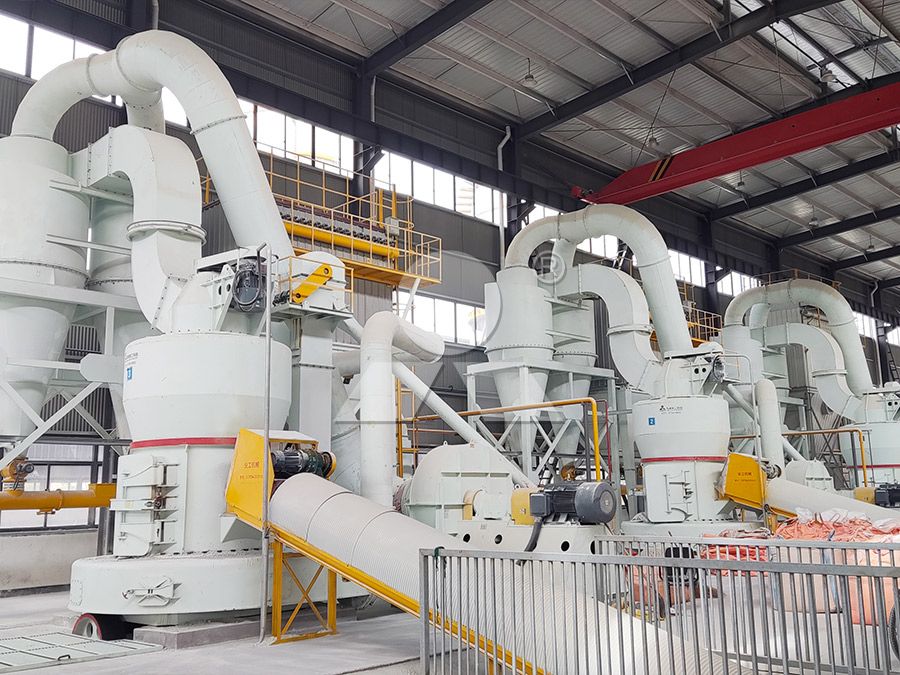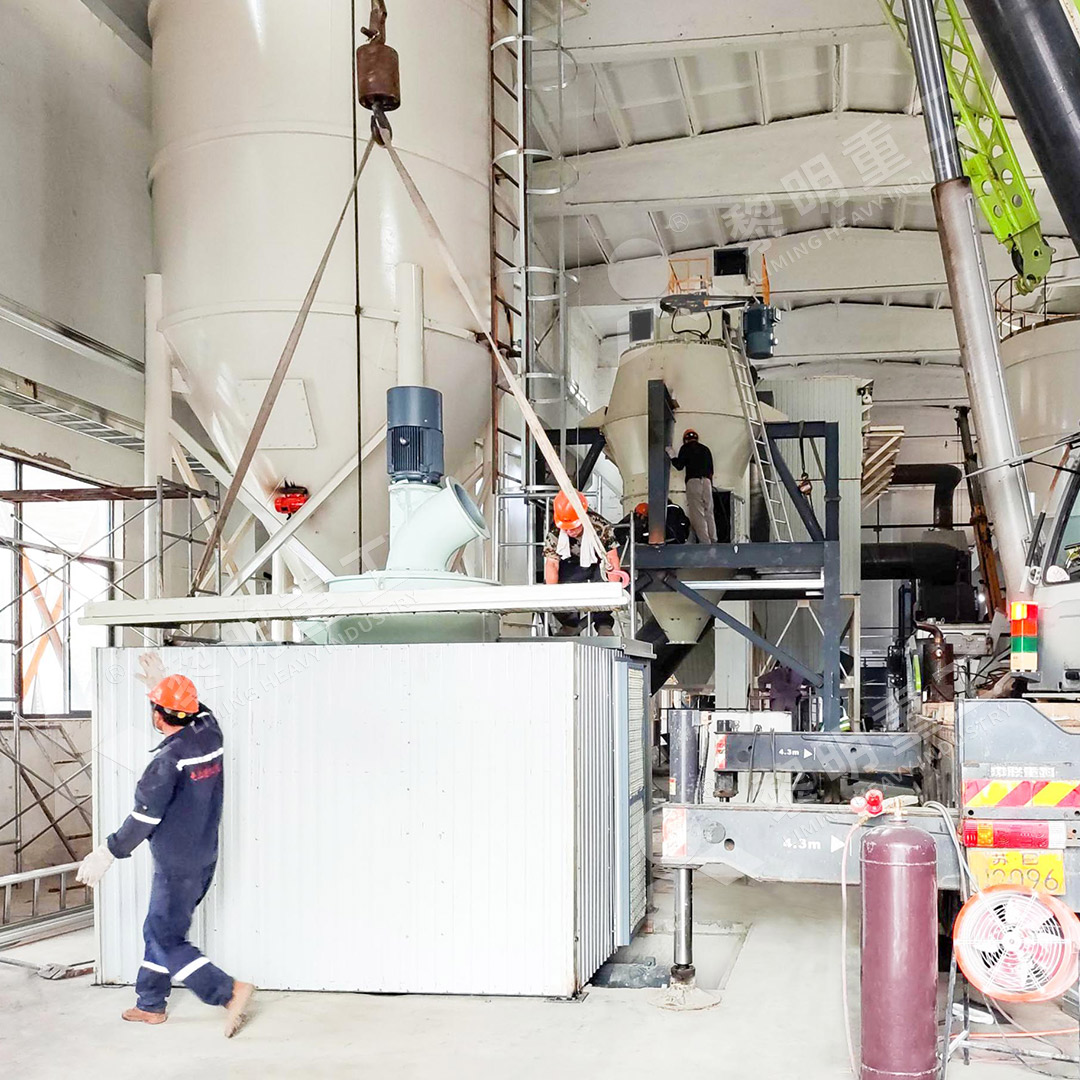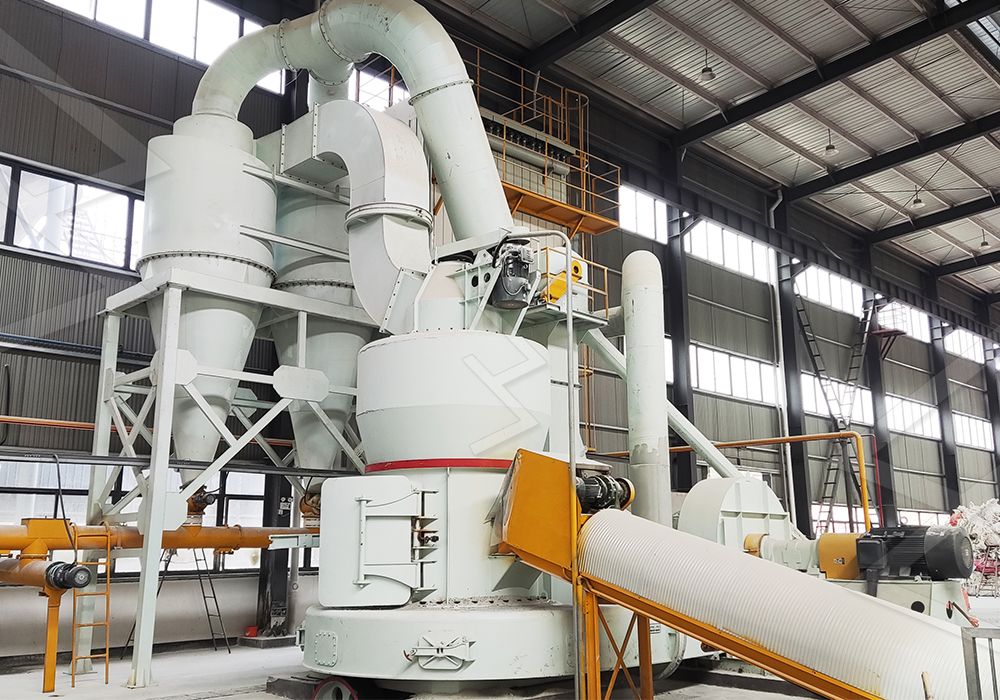How Much Does a Raymond Mill Cost? Price Guide & Factors
How Much Does a Raymond Mill Cost? Price Guide & Factors
If you’re in the market for industrial grinding equipment, one of the first questions that comes to mind is undoubtedly: “How much will this cost me?” When it comes to Raymond mills, the answer isn’t as straightforward as you might hope. The price tag can vary dramatically based on numerous factors, and understanding these variables is crucial for making an informed investment decision.
Let’s break down what really drives the cost of a Raymond mill and explore some alternatives that might better suit your specific needs.
Key Factors Influencing Raymond Mill Pricing
The cost of a Raymond mill can range anywhere from $10,000 to over $100,000, depending on several critical factors:
Capacity Requirements: The throughput capacity you need significantly impacts price. Smaller models handling 0.6-2 tph will naturally cost less than heavy-duty units capable of processing 5 tph or more. Consider both your current and future production needs when evaluating this aspect.
Material Characteristics: What you’re grinding matters immensely. Harder, more abrasive materials require more durable components and specialized designs, which increases costs. Materials like limestone and calcite are generally easier to process than harder minerals.
Fineness Requirements: The final product fineness you need directly affects the mill’s complexity and price. Standard models might suffice for 80-325 mesh requirements, but if you need ultra-fine powders reaching 2500 mesh, you’ll need more advanced—and expensive—technology.

Additional Systems: Don’t forget auxiliary equipment like dust collectors, feeders, and classifiers. These essential components add to the overall system cost but are necessary for efficient, environmentally compliant operation.
Manufacturer and Quality: Established manufacturers with proven track records typically charge premium prices, but this investment often pays off through better reliability, longer service life, and comprehensive after-sales support.
Beyond Raymond: Considering Modern Alternatives
While Raymond mills have been industry workhorses for decades, recent technological advancements have produced more efficient alternatives that might offer better long-term value. For operations requiring ultra-fine powders, our MW Ultrafine Grinding Mill represents a significant step forward in grinding technology.
This advanced mill operates with input sizes up to 20 mm and capacities ranging from 0.5 to 25 tph, making it suitable for various applications from limestone and calcite to specialized materials for cosmetics and food additives. What sets the MW series apart is its remarkable efficiency—achieving 40% higher production capacity than jet mills and stirred mills while consuming only 30% of the energy.

The MW mill’s innovative design eliminates rolling bearings and screws in the grinding chamber, addressing common failure points that plague traditional mills. Combined with its German-engineered cage-type powder selector that enables adjustable fineness between 325-2500 meshes, this machine represents the next evolution in grinding technology.
Total Cost of Ownership: Looking Beyond the Price Tag
Smart buyers consider the total cost of ownership, not just the initial purchase price. Key factors include:
Energy Consumption: Modern mills like our MW series can reduce energy costs by 30-50% compared to older designs, representing substantial savings over the equipment’s lifespan.
Maintenance Requirements: Designs that facilitate easier maintenance and use more durable components significantly reduce downtime and repair costs. Features like external lubrication systems that allow operation without shutdown are invaluable for continuous production environments.
Environmental Compliance: Integrated dust collection and noise reduction systems help avoid costly retrofits and ensure compliance with increasingly strict environmental regulations.
For operations requiring vertical grinding solutions, our LUM Ultrafine Vertical Grinding Mill offers another sophisticated alternative with input sizes up to 10 mm and capacities of 5-18 tph. Its unique roller shell and lining plate grinding curve design generates material layers more efficiently, producing higher quality finished products with better whiteness and cleanliness.

Making the Right Investment Decision
Choosing the right grinding equipment requires careful analysis of your specific needs, production goals, and budget constraints. While Raymond mills remain viable for certain applications, modern alternatives often provide superior efficiency, lower operating costs, and better final product quality.
We recommend consulting with our technical team to analyze your requirements and recommend the optimal solution. The right equipment choice can dramatically impact your operation’s profitability, product quality, and competitive position in the marketplace.
Frequently Asked Questions
What is the typical price range for a basic Raymond mill system?
Basic Raymond mill systems typically range from $20,000 to $60,000, depending on capacity and configuration. Complete systems with all auxiliary equipment can reach $100,000 or more for high-capacity models.
How does the MW Ultrafine Grinding Mill compare cost-wise to traditional Raymond mills?
While the initial investment in an MW Ultrafine Grinding Mill may be higher, the significantly reduced energy consumption (30% of jet mills) and higher production capacity (40% greater than comparable mills) typically result in a faster return on investment and lower total cost of ownership.
What ongoing costs should I expect with a Raymond mill?
Expect ongoing costs for power consumption, replacement parts (especially grinding rolls and rings), regular maintenance, and potentially dust collection system maintenance. Modern mills are designed to minimize these costs through energy-efficient operation and longer-lasting components.
How long does a Raymond mill typically last before major refurbishment?
With proper maintenance, a quality Raymond mill can operate for 10-15 years before requiring major refurbishment. Key wear parts like grinding rolls and rings typically need replacement every 1-2 years depending on usage and material abrasiveness.
Can I get a precise quotation without providing detailed project information?
Unfortunately, no. Accurate pricing requires understanding your specific material characteristics, capacity requirements, fineness needs, and site conditions. We recommend scheduling a consultation with our technical team for a customized quotation.
